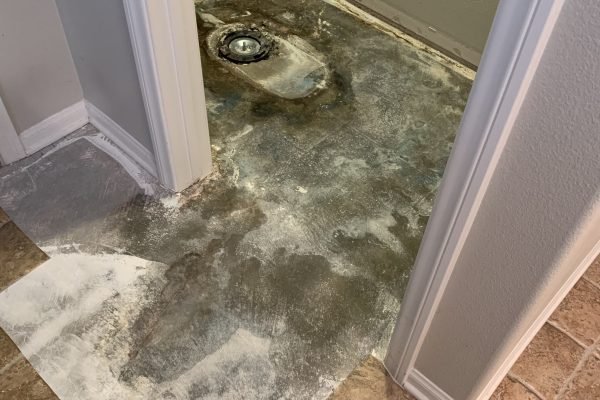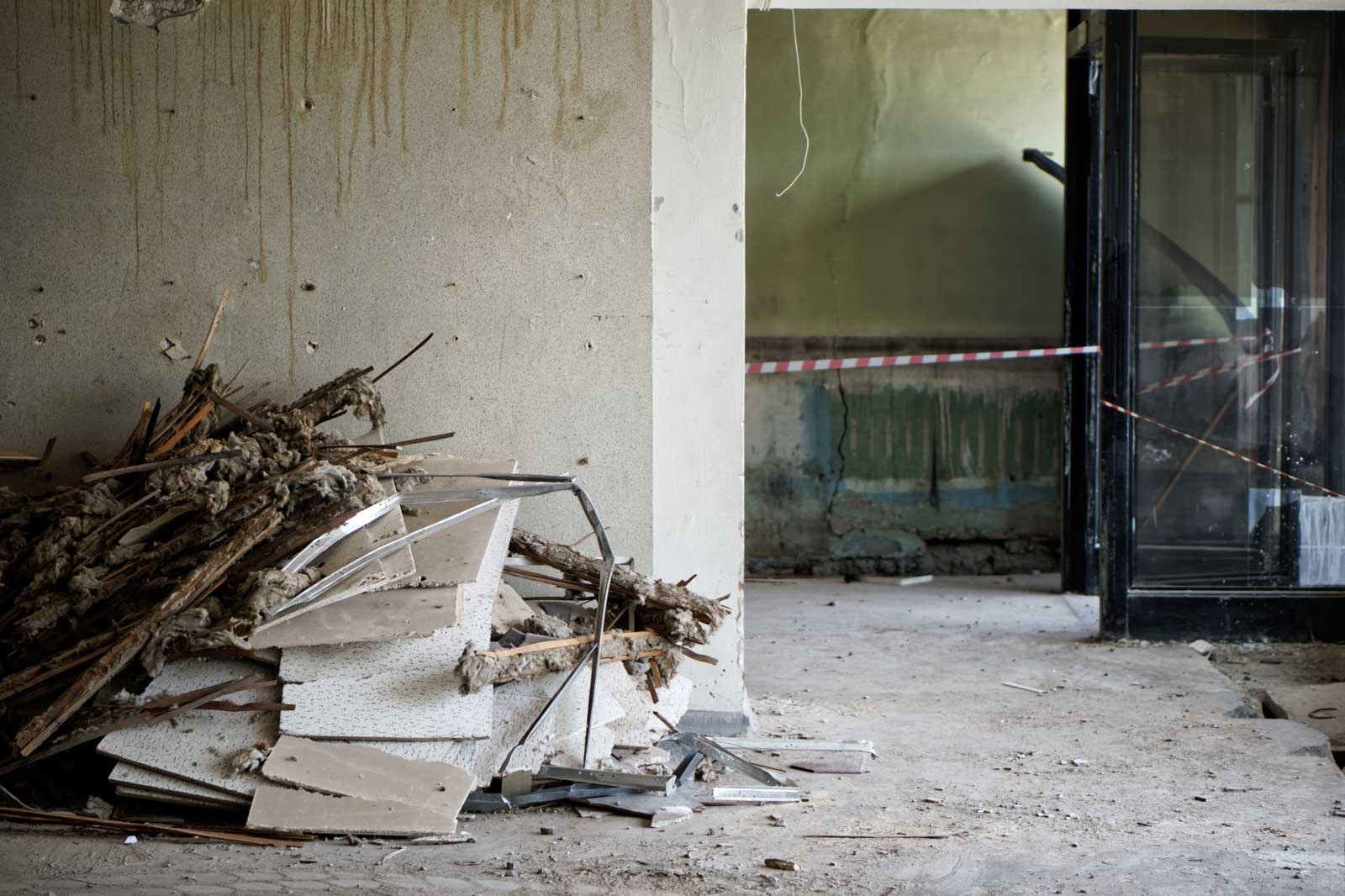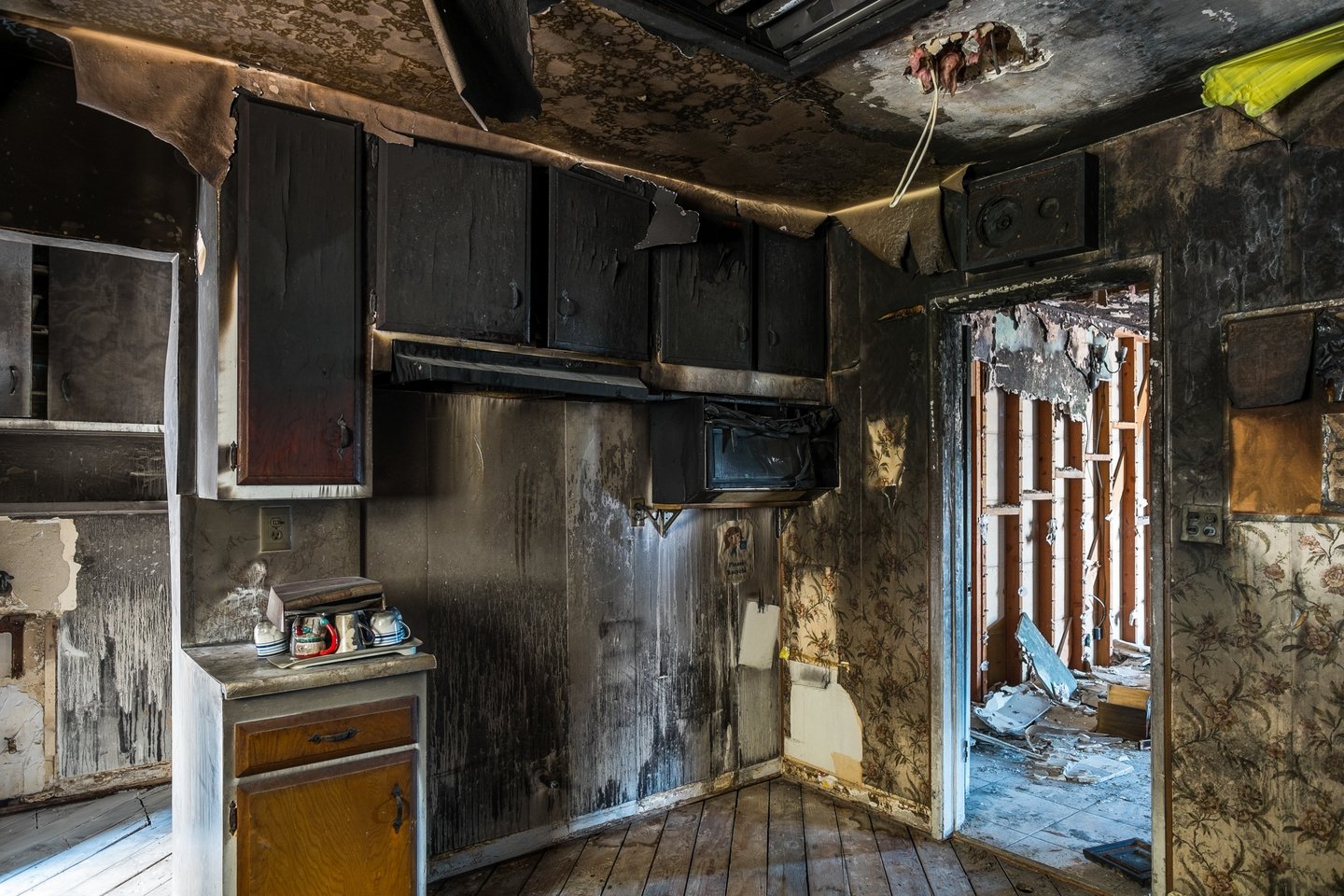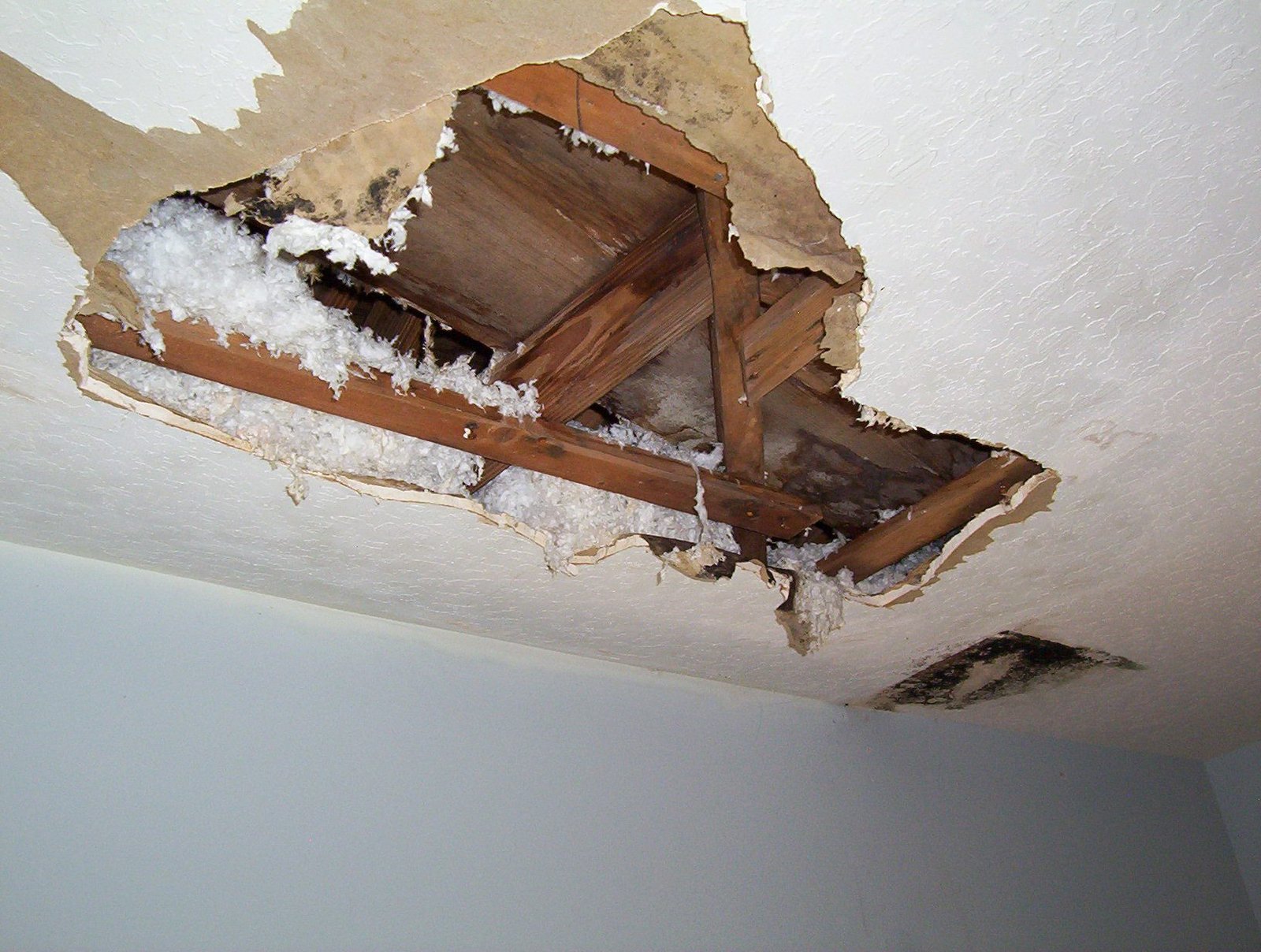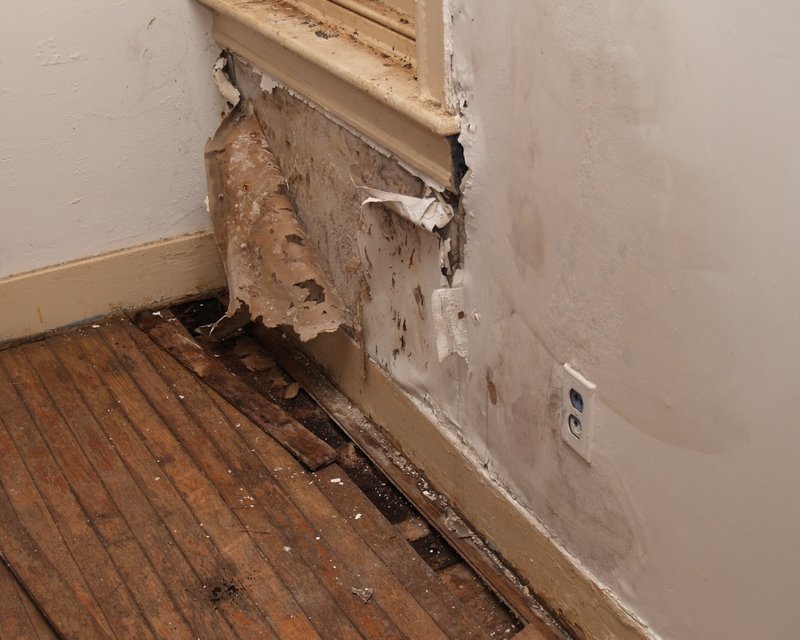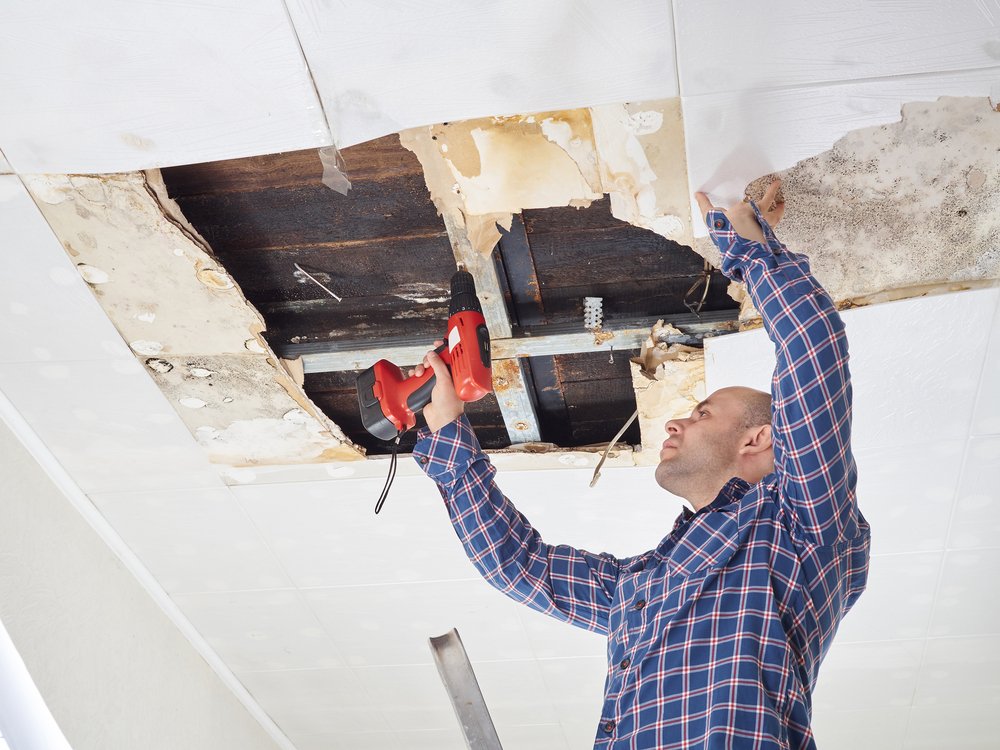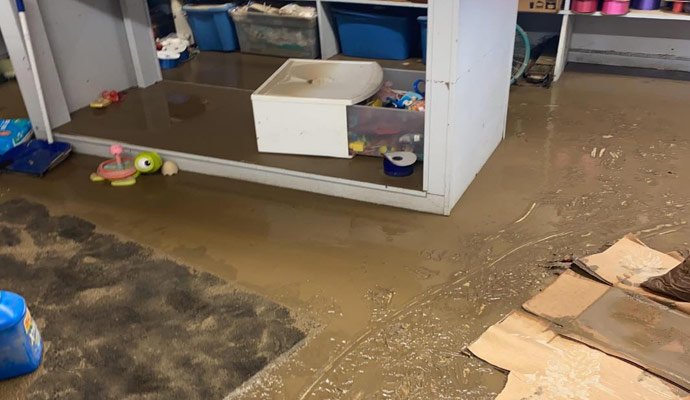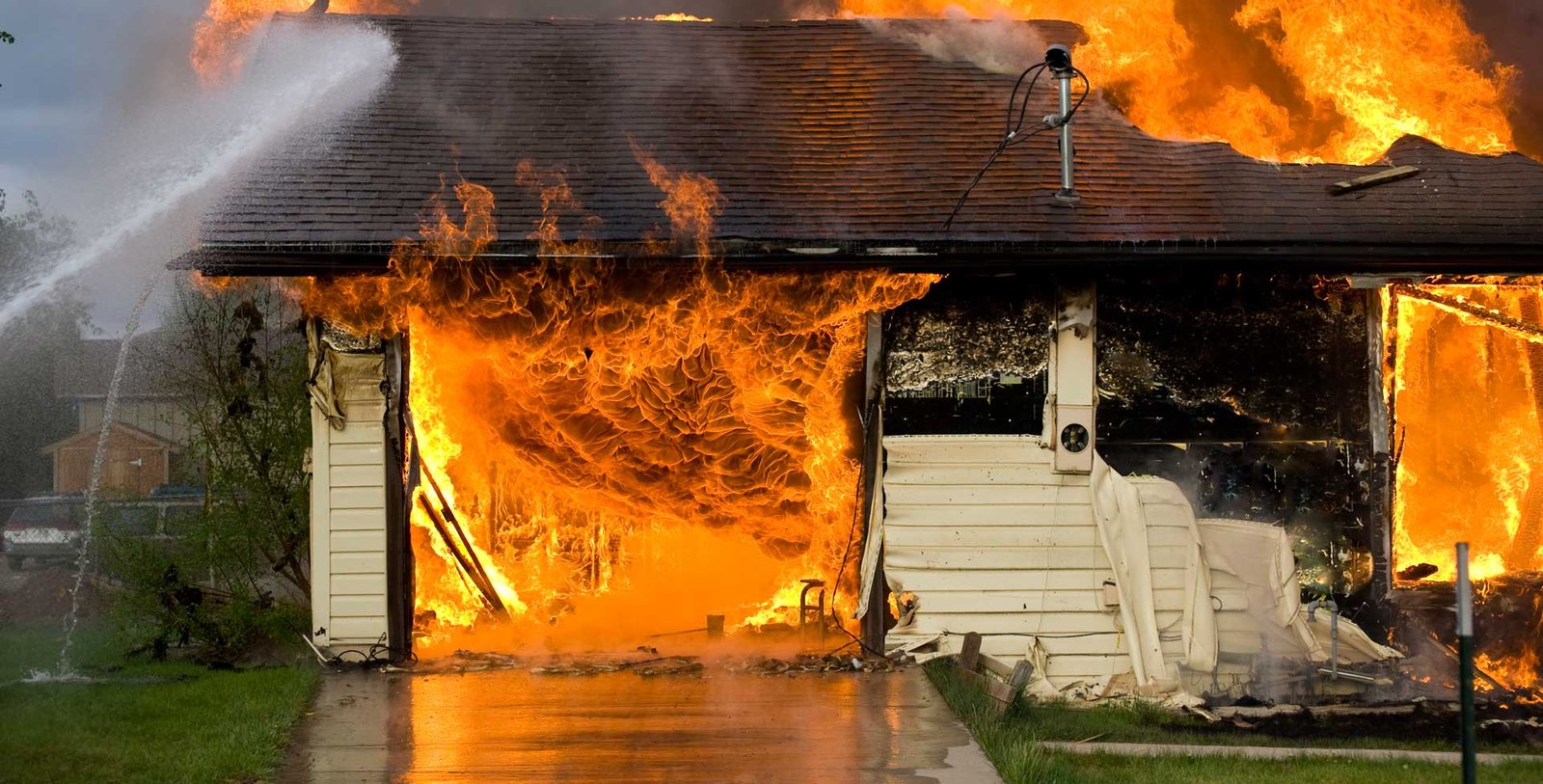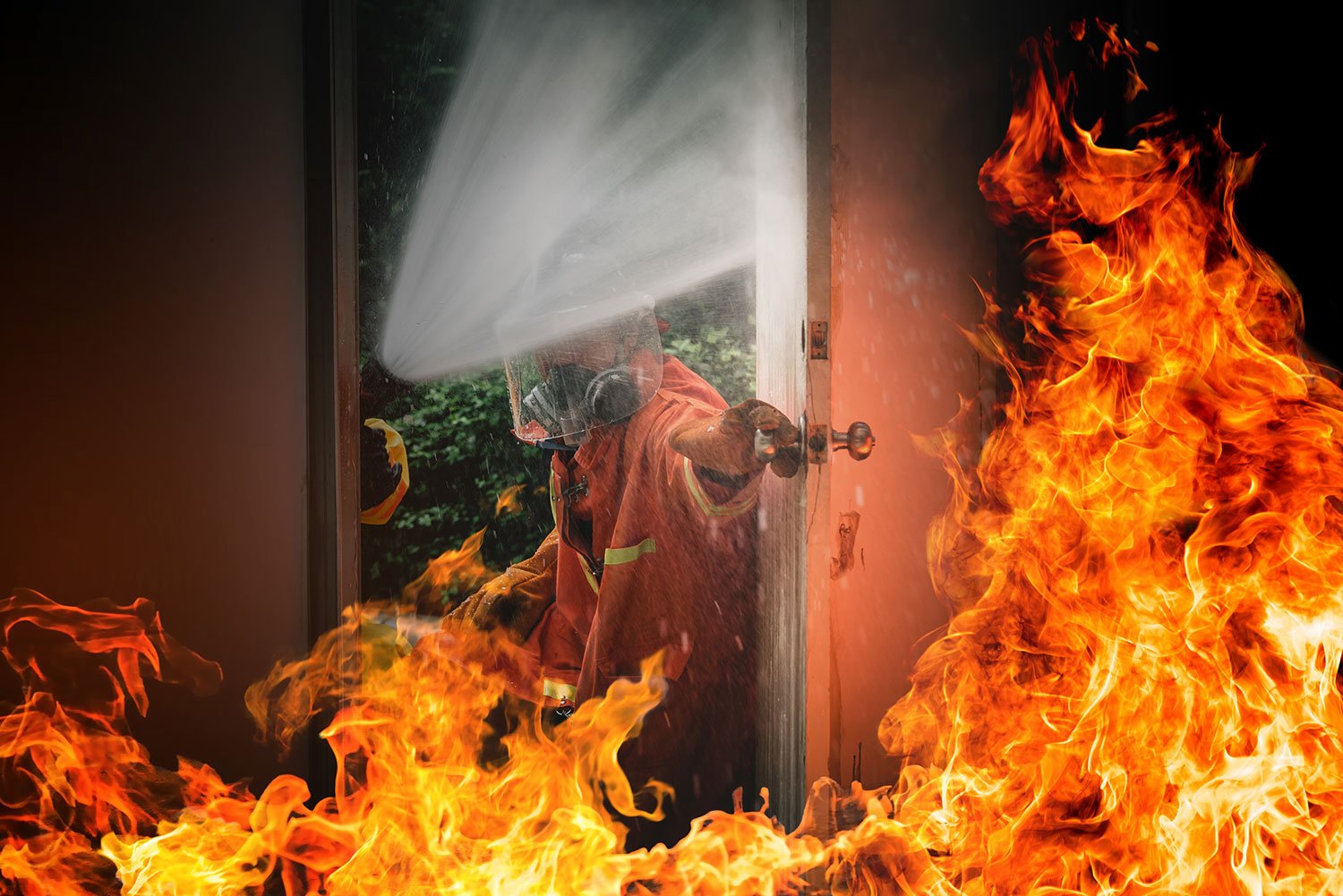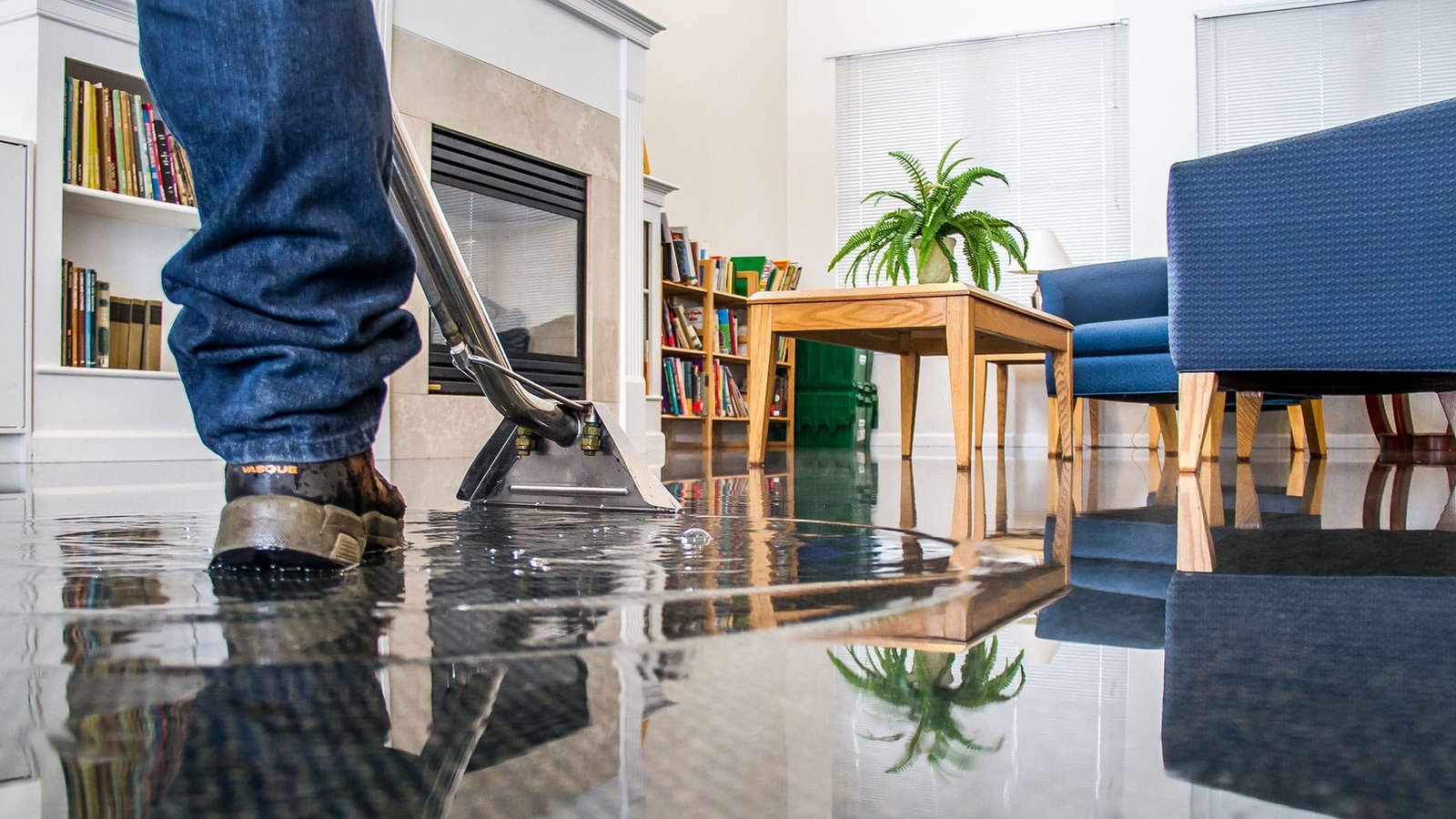Water damage restoration is the process of repairing and restoring property after water-related incidents. It involves removing water, drying, and repairing the affected areas to prevent further damage. Water damage can be caused by various factors such as flooding, leaks, or burst pipes, and it is crucial to address it promptly to prevent mold growth and structural issues. In this comprehensive guide, we will cover the key steps and considerations for effective water damage restoration. From assessing the extent of the damage to choosing the right restoration company, we will provide essential tips to help you navigate the restoration process with confidence. Whether you are a homeowner dealing with water damage for the first time or a professional in the restoration industry, this guide will equip you with the knowledge and insights needed to ensure a successful restoration outcome.
Understanding Water Damage
Understanding Water Damage: Water damage can be caused by a variety of factors, including leaking pipes, severe weather conditions, and sewage backups. It can result in damage to property and possessions, and also pose health risks due to mold growth and contamination. Types of water damage include clean water damage, gray water damage, and black water damage. Each type requires different restoration methods and poses varying levels of risk. It’s important to dispel common misconceptions about water damage, such as the belief that water damage will resolve itself or that it only affects the surface of a property. Understanding the causes, types, and categories of water damage is crucial for effective restoration and prevention.
Assessing The Situation
When dealing with water damage, it’s crucial to first consider safety concerns. Before assessing the extent of the damage, ensure that the area is safe to enter and be aware of potential hazards such as electrical dangers or structural instability. Once safe, begin by documenting the damage meticulously for insurance claims. Take photographs and videos to provide visual evidence of the affected areas to support your claim. Additionally, make a detailed list of damaged items and structural issues to present to your insurance company. Properly documenting the damage is essential for a smooth and successful insurance claim process.
Initial Water Damage Mitigation
Immediate steps to minimize further damage: When dealing with water damage, it is crucial to act quickly to prevent additional harm to your property. Start by assessing the extent of the damage and identifying the source of the water intrusion. Then, focus on removing any standing water using appropriate equipment such as wet vacuums or pumps. Additionally, implementing DIY tips for water damage control, like using fans and dehumidifiers to aid in the drying process, can help mitigate the initial damage and prevent mold growth.
Water Damage Restoration Guide
Water damage restoration can be a daunting task, but with the help of a professional restoration company, the process becomes much more manageable. The restoration process typically involves assessment, water removal, drying and dehumidification, cleaning and sanitizing, and finally, restoration and repair. It is crucial to carefully select a restoration company with a solid track record, appropriate certifications, and adherence to industry standards. When choosing a company, look for certifications such as IICRC (Institute of Inspection, Cleaning and Restoration Certification) and adherence to standards set by organizations like the ANSI/IICRC S500. These certifications and standards ensure that the restoration company has the necessary knowledge, skills, and equipment to carry out the restoration process effectively and efficiently.
Drying And Dehumidifying Spaces
Drying and dehumidifying spaces is a crucial part of water damage restoration. Effective drying strategies involve using high-powered fans and specialized equipment to remove moisture from the affected areas. Dehumidifiers play a pivotal role in the restoration process by extracting excess moisture from the air, accelerating the drying process, and preventing mold growth. Monitoring moisture levels throughout the drying process is essential to ensure that the affected areas reach the optimal dryness. Additionally, utilizing moisture meters and hygrometers enables restoration professionals to track the progress of the drying and dehumidification efforts accurately.
Handling Mold And Contaminants
Identifying and addressing mold issues: After water damage, it’s crucial to quickly identify and address any mold issues. Conduct a thorough inspection of the affected areas to identify any visible mold growth. If mold is present, it’s important to address it promptly to prevent further contamination.
Preventing mold after water damage: To prevent mold growth after water damage, it is essential to dry out the affected areas as soon as possible. Utilize dehumidifiers and fans to facilitate the drying process. Additionally, ensure proper ventilation to aid in the drying of the space.
Cleaning and sanitizing affected areas: Once the affected areas are thoroughly dried, it’s important to clean and sanitize them to eliminate any remaining mold spores and contaminants. Use appropriate cleaning agents and disinfectants to ensure that the area is thoroughly sanitized and safe for habitation.
Restoring Your Property
Repair or replacement: When faced with water damage, it is crucial to accurately assess the extent of damage to determine whether repair or replacement is the best course of action. Professional evaluation will help in making this decision, ensuring optimal restoration of the affected areas.
Restoring utilities: Addressing electrical and plumbing concerns is an integral part of the restoration process. Prioritizing safety, it is essential to engage certified professionals to thoroughly inspect and restore these utilities to their pre-damage condition.
Working with contractors: Effective communication and clear expectations are key when engaging contractors for the restoration process. Selecting reputable and experienced professionals will help ensure a smooth and efficient restoration, with considerations for timelines and budgetary constraints.
Staying Prepared For Future Water Damage
Water damage can cause significant harm to your property. To prevent potential damage, it’s important to take preventative measures. This includes regularly inspecting your property for any leaks or weak spots, and maintaining a functioning drainage system. Additionally, having access to the right tools and resources can help you stay prepared for any potential water damage incidents. Consider keeping a supply of sandbags and waterproof tarps on hand in case of emergencies. Lastly, create a response plan for potential incidents. This should include knowing how to shut off your water supply and having the contact information for a reliable water damage restoration service. Staying prepared can help minimize the impact of water damage on your property.

Why waterdamage954 Best for water damage restoration service
Quick Response Time: The best water damage restoration services often have a rapid response time. Timely intervention can minimize damage and prevent further issues.
24/7 Availability: Water damage can happen at any time. Services that are available 24/7 are valuable, especially during emergencies.
Experience and Expertise: Reputable water damage restoration services typically have experienced professionals with the knowledge and skills to handle a variety of water damage scenarios.
Advanced Equipment: The use of advanced equipment and technology can enhance the efficiency and effectiveness of water damage restoration. The best services invest in cutting-edge tools.
Thorough Inspection: A comprehensive assessment of the damage is crucial for effective restoration. The best services perform a thorough inspection to identify all affected areas.
Clear Communication: Transparent communication regarding the restoration process, costs, and timelines is important. A reliable service keeps clients informed throughout the restoration project.
Licensed and Insured: The best water damage restoration services are licensed and insured, providing peace of mind to clients and ensuring that they adhere to industry standards.
Customer Reviews and Testimonials: Positive reviews and testimonials from satisfied customers can be indicative of a reliable service. Checking online reviews can help gauge the reputation of a water damage restoration company.
Comprehensive Services: The ability to handle all aspects of water damage restoration, from water extraction to drying and dehumidification, is a key factor in being considered the best.
Local Presence: A service with a local presence can respond more quickly to emergencies and may have a better understanding of regional challenges such as climate and building structures.
FAQs for Water Damage Restoration
What Is The Best Way To Fix Water Damage?
To fix water damage, first, stop the source of water, then remove standing water and dry the area. Clean and disinfect affected surfaces, and repair or replace damaged materials. Consider hiring professionals for complete restoration. Regular maintenance can prevent future water damage issues.
How Do You Know If Water Damage Is Permanent?
Water damage can be permanent if not properly addressed. Visible signs of mold or decay may indicate permanent damage. Consult a professional for assessment.
How Much Water Damage Is Too Much?
Excessive water damage can cause structural, electrical and health hazards, making it too much. It’s crucial to address any water damage promptly to avoid costly repairs and health risks. Look out for signs like mold growth, rotting wood, and water stains to gauge the severity of the damage.
What Is A Category 3 Water Loss?
Category 3 water loss is highly contaminated water, such as sewage or flood water, posing health risks.
What Are The Common Causes Of Water Damage In Homes?
Water damage in homes can be caused by plumbing issues, leaks, floods, and humidity.
Conclusion
Water damage restoration requires prompt action and professional expertise to prevent further damage. By understanding the steps involved in the restoration process and enlisting the help of skilled professionals, homeowners can minimize the impact of water damage and restore their properties to their pre-loss condition.


